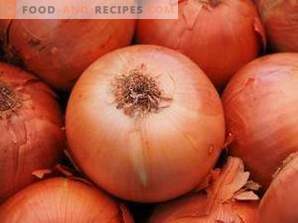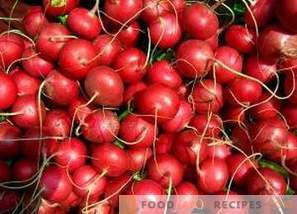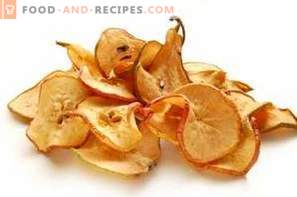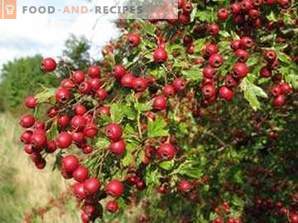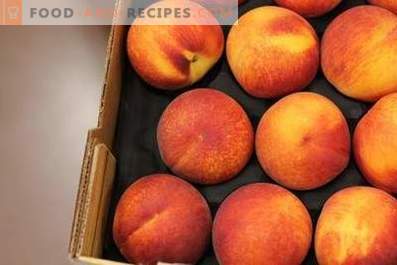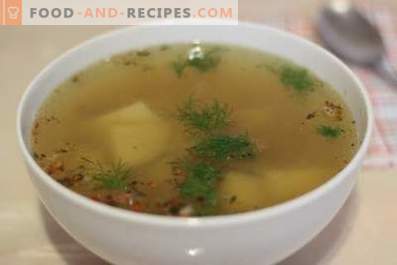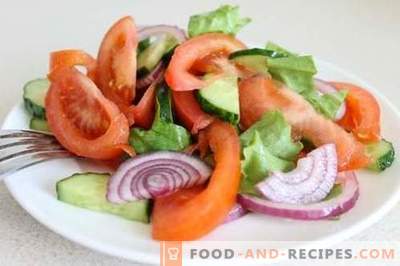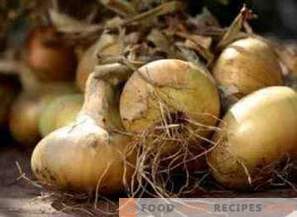
Autumn is the time to harvest. The exact time to pick a particular vegetable / fruit depends on many factors. Today we will talk about when to remove onions, as well as tell you about how this should be done in order to keep all its useful properties in onion for as long as possible.
When to collect onions: timing
Only fully ripe bulbs are to be harvested. Traditionally, it takes about 68 - 83 days for these roots to ripen. That is why we advise you to remember the date of the onion landing, because by adding to it a specified number of days, you can determine when it is time to gather. However, when calculating, you should take into account what the summer was like. So if the season turned out to be sunny, then the onion will harden faster, if the summer was rainy and cold, respectively, longer. Two weeks before the expected onion maturation, it is necessary to stop watering this root.
The fact that the vegetable is ready to harvest can be understood by yellowing and fallen feathers. Ripe bulbs have a characteristic color, depending on the variety, they can be golden yellow, white or deep purple. In central Russia, the best time to harvest onion is the end of July - the beginning of August. Onions need to be collected in dry weather, otherwise it will not be possible to save for a long time. If weather forecasters promise rainy times, and the onion has not yet ripened, it must be dug up, otherwise you will ruin the crop, but do not rush to remove feathers, let the onion lie in a dry, warm place and ripen.
How to collect (dig) onions
At first glance it may seem that the procedure of harvesting onions is not difficult. The way it is. However, there are still a few tricks, given that during assembly, many errors can be avoided.
1. A ripe onion should be excavated, but in no case should it be pulled out, because you can damage the bottom of the onion, and they will rot.
2. Handle dug onions must be carefully, do not throw them, protect from mechanical damage.
3. After the onion has been dug, without removing feathers, it should be laid out in the sun, so that it dries a little during the day, just do not forget to turn it over periodically. The next day it can be removed in a well-ventilated shady place to put on.
4. After the onions are well dried and ready for long-term storage, dried feathers need to be cut, leaving a “tail” not shorter than 4 cm, the roots are also subject to amputation, though not so severe, you can leave up to 2 cm. If during the collection of onions you succeed in complying with all our recommendations, you can be sure that the harvest will be able to lie for a long time and will saturate your body with all the useful properties inherent in this root crop all winter.
Dear visitors of our portal, do you have experience in harvesting onions? We will be grateful if you share it with us and the rest of readers onwomen.ru in the comments to this article.
